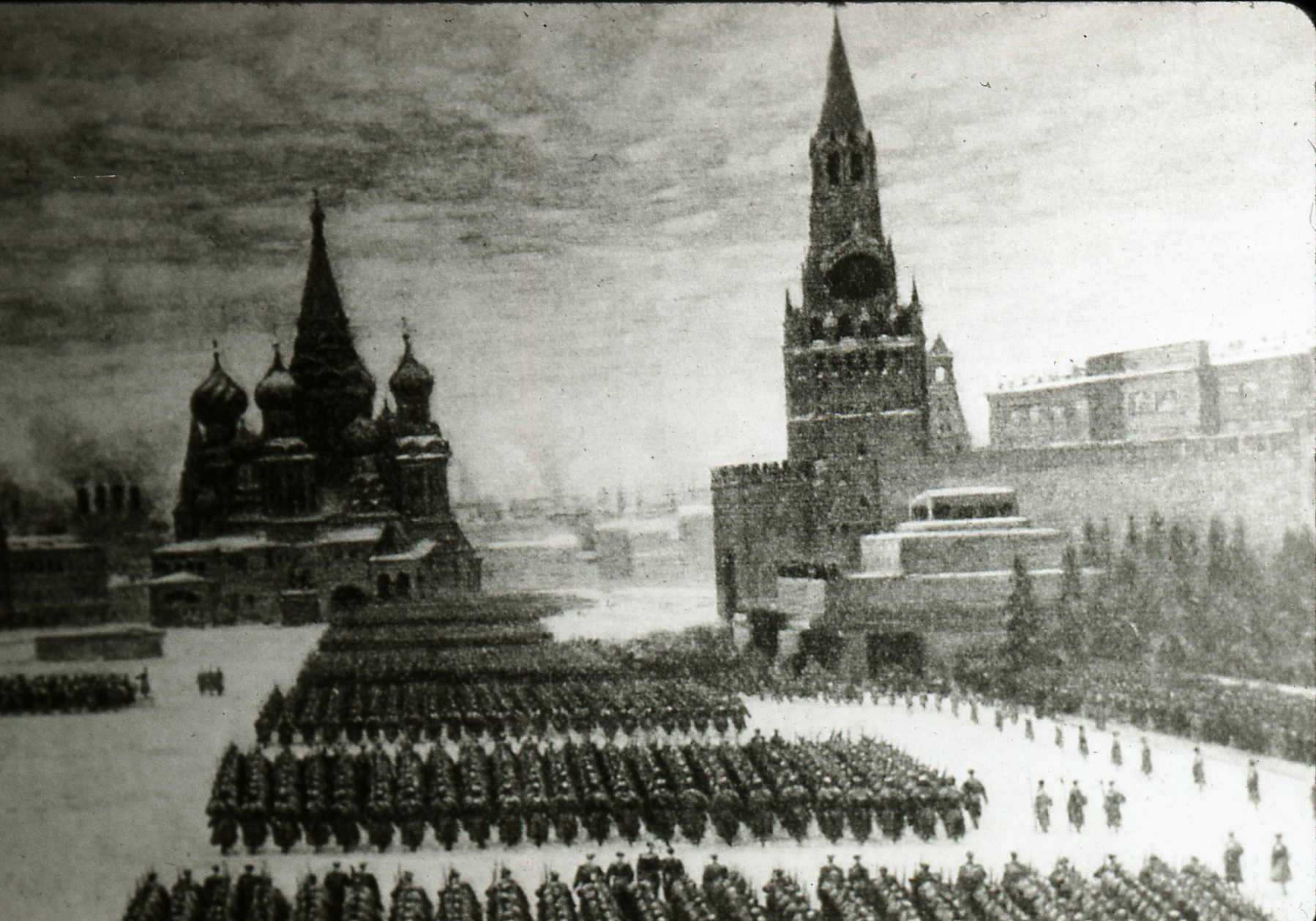The Battle of Moscow
October 2 - December 4, 1941
In this podcast, we explore the most colossal military engagement in the history of the world to this day. It was fought on a front of 760 kilometers wide or about 474 miles, which is greater than the distance between Boston and Washington, DC. Approximately 3.5 million soldiers were involved; more soldiers than the entire population of the city of Los Angeles. 3,400 tanks, 21,000 artillery pieces, 1500 aircraft and over one hundred thousand other wheeled and tracked vehicles give you an idea of the immensity and scale of this military operation.
The Battle of Moscow ranks as the fifth most lethal campaign in the history of the world with approximately one million deaths; only slightly behind the 1.2 million deaths in the Battle of the Somme in the in 1916. The statistics do not include, however, deaths of prisoners of war on either side and it is notable in this particularly savage war that most prisoners taken by either side died in transport to prisoner of war camps, were enslaved and died or simply died of malnutrition, cold or disease while imprisoned.


At stake in the Battle of Moscow was nothing less than the extinction of the Soviet regime by military annihilation; and a personal, life and death struggle between the two most notorious dictators of the 20th century and, perhaps, of all time: Adolf Hitler and Josef Stalin.
The campaign began about two and a half months after the initial invasion of the Soviet Union by Germany on July 22, 1941. At that time, Germany was in control of virtually all of continental Europe except the USSR and the United Kingdom. Germany rightfully considered the threat of a British amphibious landing on the coast of France in 1940 and 1941 as a negligible risk and rightly so. Aside from small hit-and-run raids, the British were far more concerned with a possible German landing on their coast and at the time of the invasion of the Soviet Union were still making preparations to repel it if and when it came.

Gregory Zhukov, who Stalin had summoned from Leningrad on October 8 to defend Moscow against the Nazi onslaught, quickly moved to delay the Germans and then stabilize a rapidly deteriorating military front. Vast numbers of Soviet soldiers and equipment were already encircled and trapped by the time he could gain any kind of control, particularly around Vyazma and Briansk where some 700,000 soldiers alone were surrounded. Russian reserves and reinforcements were massed behind the collapsing lines slowing the Nazi onslaught and before Moscow itself. The civilian population of Moscow was mobilized to entrench and fortify the city.
The defense of Moscow in the waning months of 1941 was, as the Duke of Wellington once said about Waterloo, "the nearest run thing you ever saw in your life." As the world watched breathlessly, few gave the USSR any real chance of defeating an invading army that had known no significant defeat up until this point in the war. But, as Stalin would later say, "History has shown there are no invincible armies." This podcast will describe and explain how the Soviet state and its army managed to survive and defeat Nazi Germany when nobody thought they had a chance.

